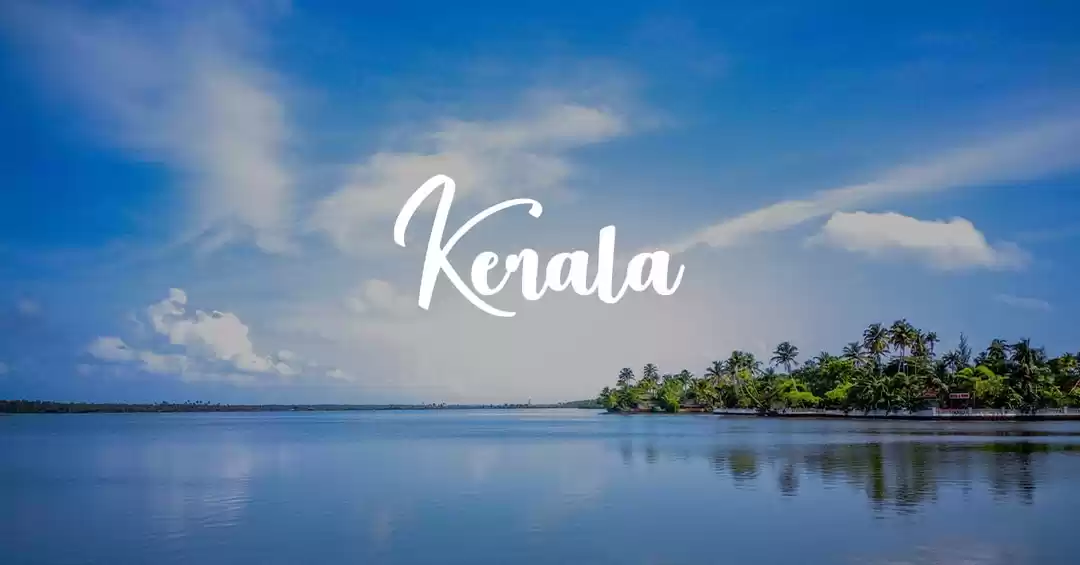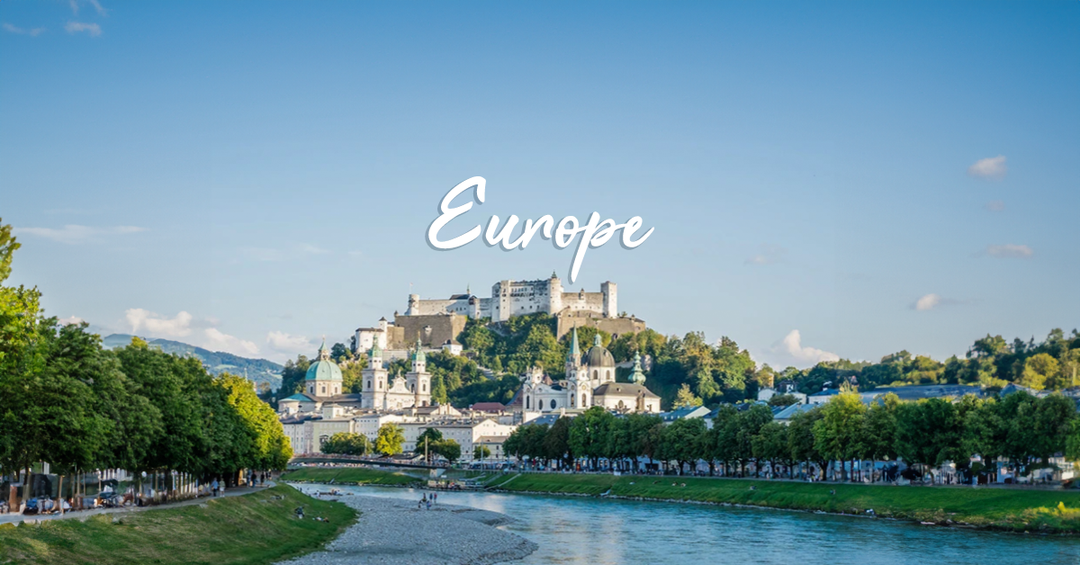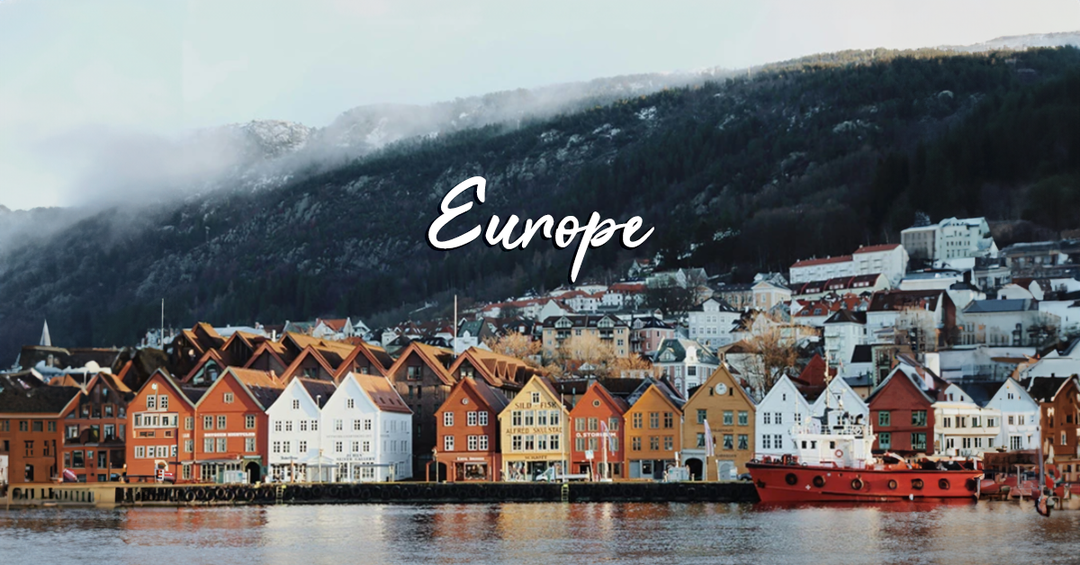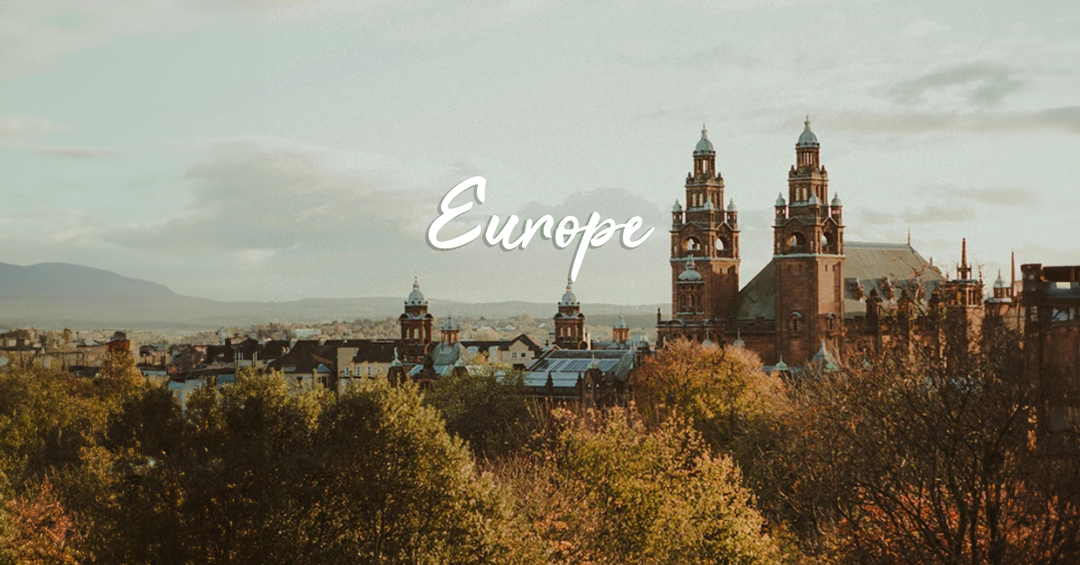As urban environments continue to grow, the importance of sustainable building practices becomes increasingly evident. One solution that has gained considerable attention is the use of Green Roof Trays. These modular systems offer an efficient, scalable, and environmentally friendly method of introducing greenery to rooftops. This article explores everything you need to know about green roof trays—from their design and benefits to their role in sustainable urban development.
What Are Green Roof Trays?
Green roof trays are pre-planted, modular containers that can be installed on a rooftop to create a living green space. Unlike traditional green roofing methods, green roof trays are designed for easy installation and maintenance. They typically come with pre-engineered drainage layers, growing medium, and vegetation. This makes them an ideal solution for both new and retrofit building projects.
Key Components of Green Roof Trays
Each green roof tray consists of a lightweight tray structure made from durable materials such as recycled plastic. These trays are filled with a specially formulated soil mix that supports plant growth while providing optimal drainage. The top layer consists of hardy vegetation, often drought-tolerant species like sedum or native grasses, which thrive in rooftop environments.
Green roof trays simplify the green roofing process by eliminating the need for on-site soil layering and planting. Instead, the trays can be transported fully assembled and installed with minimal labor.
Advantages of Using Green Roof Trays
One of the most compelling benefits of green roof trays is their ease of installation. Because they are modular, they can be lifted and placed individually, making them ideal for rooftops with limited access. This modularity also makes them easy to remove and replace, which is beneficial for maintenance or future redesigns.
Green roof trays offer exceptional stormwater management capabilities. The vegetation and soil absorb rainwater, reducing runoff and lowering the risk of urban flooding. In addition, they provide excellent insulation, helping to regulate building temperatures and reduce energy costs.
Green Roof Trays in Urban Planning
Cities around the world are embracing green roof trays as a tool for combating the urban heat island effect. By covering rooftops with vegetation, green roof trays help to cool the surrounding air and mitigate the effects of climate change. They also improve air quality by trapping dust and pollutants and producing oxygen through photosynthesis.
Green roof trays are increasingly being integrated into green building certifications such as LEED and BREEAM. They contribute to points in categories like sustainable sites, energy efficiency, and innovation.
Maintenance and Longevity
Maintaining green roof trays is relatively simple. Most trays require minimal watering once established, thanks to their drought-resistant plant species. Periodic inspections ensure the health of the vegetation and check for issues like clogged drainage or invasive weeds.
The durability of green roof trays depends on the materials used and the local climate. High-quality trays can last decades with proper care. Additionally, if a section becomes damaged or underperforms, it can easily be replaced without disturbing the rest of the system.
Conclusion
Green roof trays are revolutionizing the way we think about urban green spaces. With their modular design, ease of installation, and environmental benefits, they provide a practical solution for sustainable architecture. Whether you’re designing a residential complex, commercial property, or municipal building, green roof trays offer an efficient path to greener, healthier cities.














